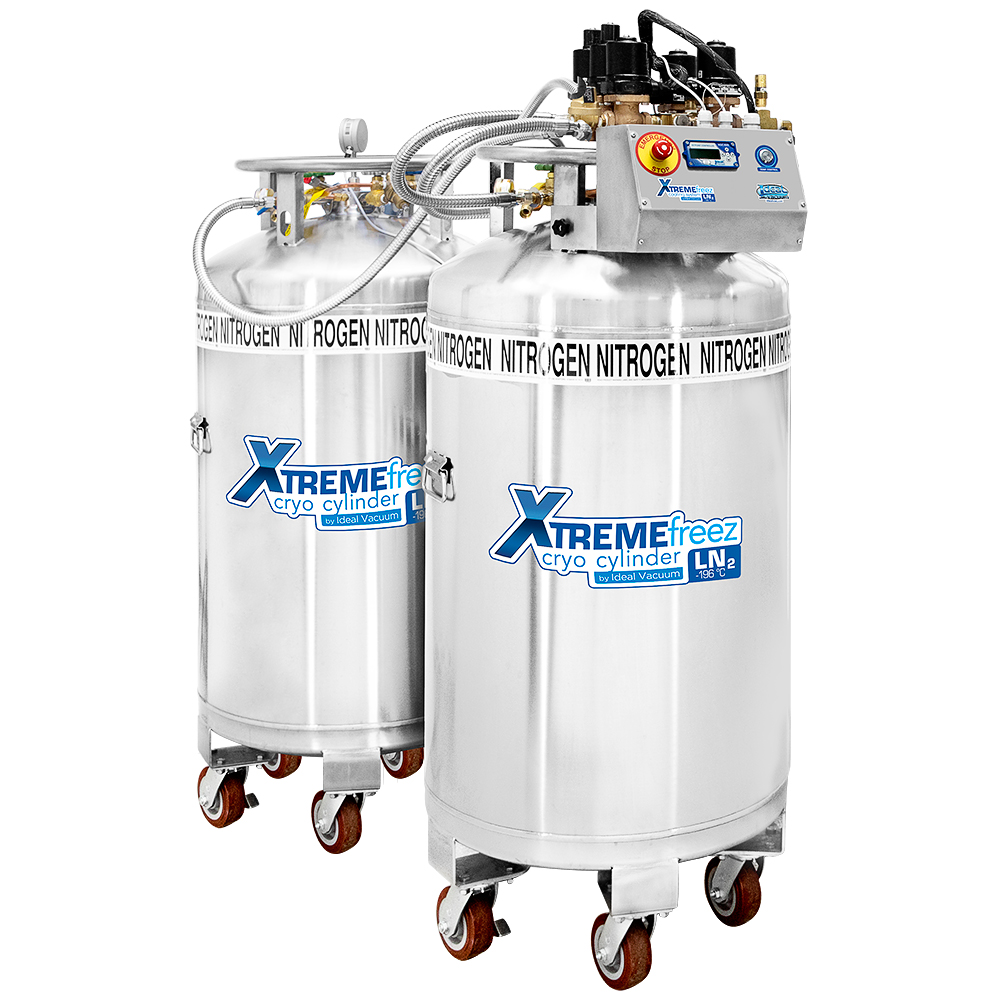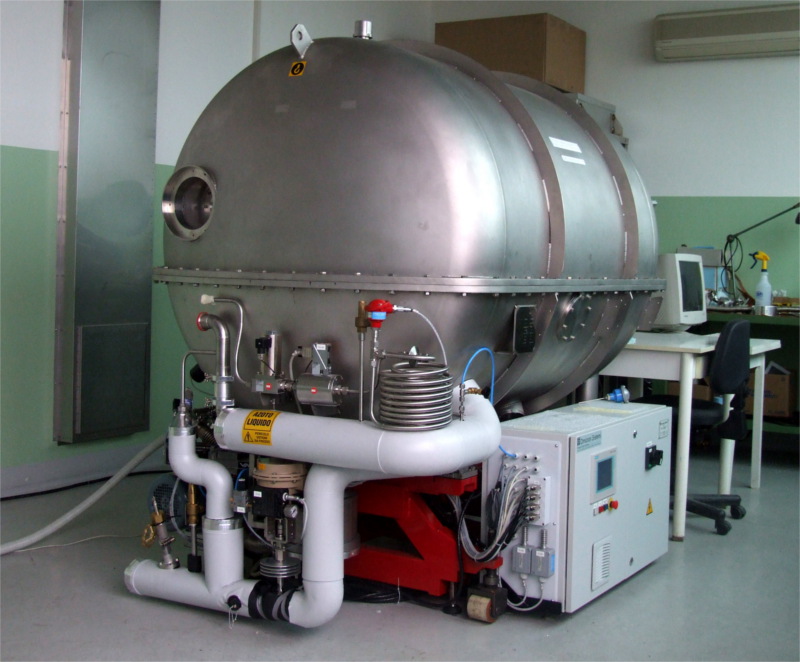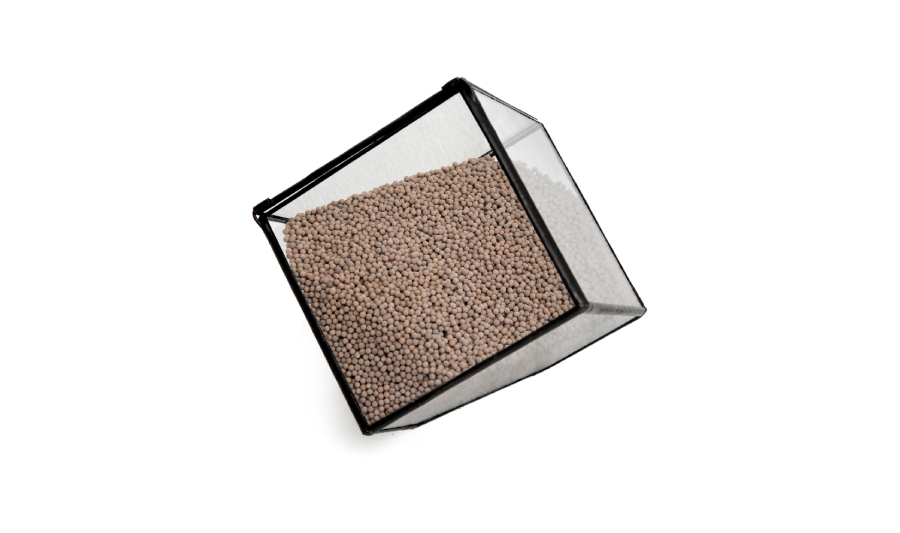Item No. | UNIT | |
Product name | Type | Standard level |
Nominal Pore Size | Pore Size | 7.4 Angstroms 2.2 Angstroms |
Hardness Number | N | ≥90 |
Granularity(1.8-2.4MM) | % | ≥90 |
PRODUCTS DESCRIPTION
Ag400 Molecular Sieve Specification
Nominal Pore Size : 7.4 Angstroms into large cavities, 2.2 Angstroms into B cage
Hardness Number : 90 minimum
Heat Absorption : 1800 BTU/lb. H2O
Equilibrium Water Capacity : 20% by weight
Silver Content : 37% minimum
Flammability : Non-flammable
Thermal Stability : Efficient adsorption up to 500 degree C
Binder : Acid- resistant type, 20% by weight
Apparent Density : 0.91 – 1.10 g/cm3
Moisture : <2.0%

Rare Gas Adsorption to Silver-Exchanged Zeolites Description
Absolute Molecular Sieve Separation of Ethylene/Ethane Mixtures with Silver Zeolite A
Absolute ethylene/ethane separation is achieved by ethane exclusion on silver-exchanged zeolite A adsorbent. This molecular sieving type separation is attributed to the pore size of the adsorbent, which falls between ethylene and ethane kinetic diameters.

BY SILVER-CONTAINING MOLECULAR SIEVES Feature
Ag400 is a synthetic silver-exchanged zeolite for gettering hydrogen from vacuum spaces of cryogenic apparatus, selective removal of halogens from gas streams and as a hydrogen/oxygen recombined catalyst. This inorganic alumina silicate material contains supercharges within its crystalline structure which are especially large and uniform in size. These cavities and their large entrances (pores) allow extremely large capacity for trapping contaminants and maximum utilisation of the exchanged silver cations
Silver Zeolite Application
ALKANE/ALKENE SEPARATION BY SILVER-CONTAINING MOLECULAR SIEVES
Understanding the microscopic mechanism for the industrially relevant ethene/ethane and propene/propane separations by silver-containing molecular sieves
The separation of ethene and propene from other hydrocarbons, that is required for the production of many chemicals and polymers, is actually carried out by the cryogenic distillation. The high energy demand of this technology makes desirable the development of new processes, being the zeolites based separation the most promising. This alternative route takes advantage of the molecular sieving properties of zeolites and the possibility of tuning their polarity.
Many chemicals and polymers relies on the production of ethene and propene that exceeded 200 million tons in 2015, mostly produced by steam cracking of light paraffins. The separation of ethene and propene from other hydrocarbons is actually carried out by the cryogenic distillation. The high energy demand of this technology makes desirable the development of new processes, being the zeolites based separation the most promising. This alternative route takes advantage of the molecular sieving properties of zeolites and the possibility of tuning their polarity.
One approach to adjust the polar character of silicoaluminate zeolites is by the presence of cations in the voids channels and cavities. Here,we study the interaction of alkenes (ethene and propene) adsorbed on Ag-zeolites with different Si/Al ratio and silver loading. We follow a multidisciplinary approach combining INS spectroscopy with theoretical calculations, solid state nuclear magnetic resonance (NMR) and X-ray absorption (XAS) studies for understanding the mechanism of alkene-zeolite interaction in cation containing zeolites. The information is of high interest for developing new processes decreasing the energy consumption in the actual separation processes, which is of great industrial interest what has motivated the collaboration of CEPSA in the project.
Here, we propose to study the interaction of alkenes (ethene and propene) adsorbed on Ag-zeolites with different Si/Al ratio and silver loading. We will follow a multidisciplinary approach combining Inelastic Neutron Spectroscopy with theoretical calculations, solid state nuclear magnetic resonance (NMR) and X-ray absorption (XAS) studies for understanding the mechanism of alkene-zeolite interaction in cation containing zeolites.
The information will be of high interest for developing new processes decreasing the energy consumption in the actual separation processes, which is of great industrial interest what has motivated the collaboration of CEPSA in the project. You will join the Spectroscopy group at the ILL and the INS experiments will be mainly performed on the Neutron Vibrational Spectrometer Lagrange.
 ETS-10 Ionex Type Ag400 Agx molecular sieve Alkane/alkene separation by silver-containing molecular sieves silver exchanged zeolite
ETS-10 Ionex Type Ag400 Agx molecular sieve Alkane/alkene separation by silver-containing molecular sieves silver exchanged zeolite NEWSLETTER SIGNUP
By subscribing to our mailing list you will always be update with the latest news from us.
We never spam!
Copyright © Mingguang Feizhou new materials Co., Ltd. All Rights Reserved. | Sitemap | Technical Support: 